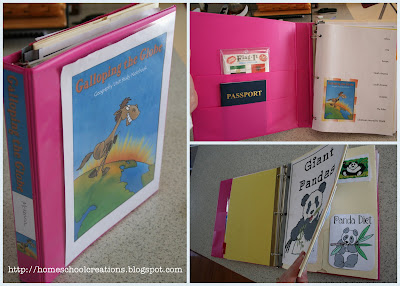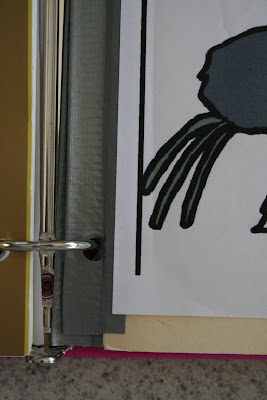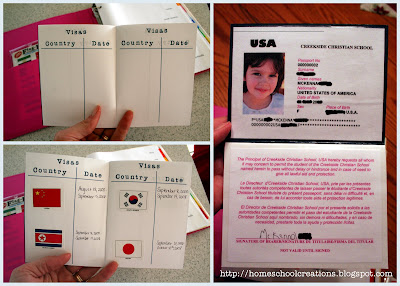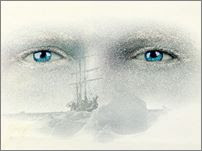This last week we started our study of Russia with the girls. I haven’t had a chance to sit down and pull all my thoughts together until now, so I might miss some stuff that we did because there have been moments when we have veered off course from my plans and I keep forgetting to pencil in what we actually did {sigh}.
That said, I can give you a basic framework of what our week looked like, include some links that we/I used, the books we used, and one of the worksheets that I pulled together for us. I’m also working on putting a post together that talks about some of the specific things that I try to do for each country that we study (and might go into a little more detail in this post too about how we did some of the things to give you an idea).
Monday
- Locate and map Russia. We have a wall map and globe that we use for this. The girls find the country on the map and we talk about a few different things: what continent the country is on, which hemispheres, what other countries it is near, etc…
- Introduce our new geography song. I can’t say enough about how much we have enjoyed the cd Geography Songs and how much the girls (and Zachary by default) have learned from this cd. This week we learned the song "Former USSR". As we sing the song, we find the other countries that are mentioned in the song and work on remembering where the countries are and pointing them as we sing along.
- Use our atlas to learn more about Russia. We use The Children’s World Atlas from Rand McNally. We read the little blurbs in the book on industry and other key facts about the country: population, major cities, etc…
- Find the capital of the country
Tuesday
- Read Children Just Like Me and complete the worksheet. I made a worksheet to go along with the book, so after we read about the child from the country we are studying, we fill in the information we learned (what city, religion, language, favorite foods, etc…)
- Learn about Russia’s flag. This week I made up a little worksheet about the flag of Russia (you can print it off below).
- Review our geography song
- Talk about some interesting facts about Russia: it is on two different continents (found dividing point), 11 different time zones, takes up almost all of Eastern hemisphere
Wednesday
- Review our geography song with map.
- Play a Russian game
- Travel and learn a little about Russia via a website – a virtual tour
Thursday
- Review our geography song
- Learn about the language(s) spoken in Russia and different religions. We also used this time to talk about the time that Russia was under Communist rule and people weren’t allowed to believe in God.
Here are some of the books that we used this week in our studies:
Some great websites and links related to Russia:
- St. Petersburg.com – a virtual tour of just about anything you can imagine in St. Petersburg
- Flags of the World – a site that gives a lot of detail about the flag of Russia
- National Geographic Xpeditions Atlas – can print of detailed (or not) pdf maps of Russia or any other country
- Ethnologue.com – talks about how many different languages there are in Russia (105 in case you were wondering, four of which are dead)
- Games children play in Russia
- Kids Culture Center – has a lot of basics about Russian culture along with resources
- Rainbow Kids – different coloring pages to learn about Russia
This is the worksheet I put together on the Russian flag:
Next week we will be continuing our time in Russia and learning about the currency of Russia, making a meal, studying the different geography features of Russia and the climate and more so be sure to check back or look for the second link/post.















 The printables shared on this site are FREE of charge unless otherwise noted, and you are welcome to download them for your personal and/or classroom use only. However, free or purchased printables are NOT to be reproduced, hosted, sold, shared, or stored on any other website or electronic retrieval system (such as Scribd or Google docs). My printables are copyright protected and I appreciate your help in keeping them that way.
If you download and use some of my printables and then blog about them, please provide a link back to my blog and let me know - I'd love to see how you are using them! Please be sure to link to the blog post or web page and not directly to the file itself. Thank you!
The printables shared on this site are FREE of charge unless otherwise noted, and you are welcome to download them for your personal and/or classroom use only. However, free or purchased printables are NOT to be reproduced, hosted, sold, shared, or stored on any other website or electronic retrieval system (such as Scribd or Google docs). My printables are copyright protected and I appreciate your help in keeping them that way.
If you download and use some of my printables and then blog about them, please provide a link back to my blog and let me know - I'd love to see how you are using them! Please be sure to link to the blog post or web page and not directly to the file itself. Thank you!